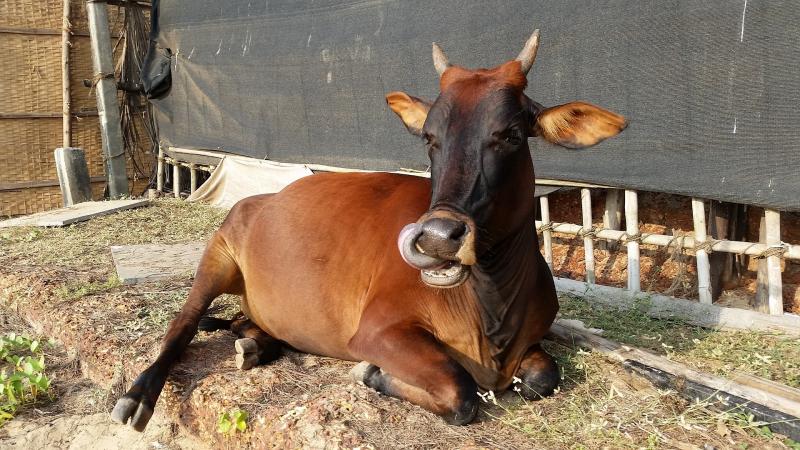
Antimicrobials, a class of drugs, are used in humans and animals to treat diseases caused by bacteria, fungi and parasites. They serve as a proxy for good hygiene and make up for the poor husbandry practices in animal farms in low and middle-income countries around the world. However, this dereliction comes with a considerable cost. The overuse of these drugs has led to these microbes developing resistance against the very same drugs used to kill them. It is one of the biggest concerns world over and has left with very few options of life-saving medicines that work.
Antimicrobial resistance (AMR) in humans is linked to several animals, especially those that are raised for food. Despite this knowledge, it has received little attention in the world of animal science. A new study has mapped the global trends of antimicrobial resistance in farm animals, with particular focus on developing countries, including India. The study is published in the journal Science.
"The goal was to provide the current status of antimicrobial resistance in these areas of the world," says Prof Thomas P. Van Boeckel in an interview with Research Matters. He is a Professor at ETH Zurich, Switzerland, and the lead author of the research. "Our findings provide health agencies and policy groups with the information needed to target interventions. It can also help to develop new policies based on evidence, rather than on expert opinion," he adds.
The research brought together several institutes, including the Centre for Disease Dynamics, Economics and Policy in New Delhi. Together, the researchers analysed 901 AMR prevalence surveys at particular periods of time, reporting antimicrobial resistance rates in animals and food products. They focussed on common disease-causing microbes such as Escherichia coli, Campylobacter, non-typhoidal Salmonella and Staphylococcus aureus. Their global comparison shows that the most significant hotspots of antimicrobial resistance in animals are in Asia, which is home to 56% of the world's pig and 54% of chicken populations.
The researchers used a parameter called P50 to compare antimicrobial resistance on a global scale. It indicates the number of antimicrobials that failed to treat 50% or more of the diseased animals. In their analysis, both chickens and pigs from low and middle-income countries showed high P50 values between the years 2000 and 2018. "In brief, we observe a clear reduction of the number of treatments available to treat infection in these animals," remarks Prof Van Boeckel.
The study predicted regional hotspots for multi-drug resistance. In Asia, northeast and south India stood out along with north Pakistan and northeast China. It also identified areas that will soon step into the AMR map. These included central India, Kenya and countries in South America, where animal production is gradually intensifying. The results of the study provide an early warning to these regions.
Apart from these regions, Iran, Turkey, the south coast of Brazil, Egypt, the Red River Delta in Vietnam and the areas surrounding Mexico City and Johannesburg were also identified at hotspots of AMR in animals. Meanwhile, Kenya, Morocco, Uruguay, southern and eastern Brazil, central India, Iran, Chile, and southern China showed an emerging trend for AMR.
Alarmingly, the highest rates of resistance were found in antimicrobials commonly used in animal production industries.
"Besides, for certain antibiotics of importance for human health, such as third-generation cephalosporins, we saw high levels of resistance. However, these antibiotics are not approved for use in animal feed in some high income countries," says Prof Van Boeckel.
For Staphylococcus aureus, a bacteria that can cause a range of infections, from a simple rash to life-threatening meningitis, the resistance rates for antimicrobials were the highest in Asia. Animals in very few high-income countries showed resistance to this bacteria.
The ever-increasing AMR levels in animals are anticipated to have huge effects on both animal and human health. However, there remains an absence of sound AMR surveillance systems in several low and middle-income countries. Coordinating a global response to drug resistance requires vast amounts of epidemiological data that is still missing.
The World Health Organisation (WHO) has set up the Global Antimicrobial Surveillance System (GLASS) to report AMR in humans. But, there is no similar, available framework to report AMR in animals. "In India, we hope that the large and well-trained community of veterinarians will consider reporting individual point prevalence surveys conducted across the country," says Prof Van Boeckel. For this purpose, the authors have launched a platform on www.resistancebank.org to report resistance in animals.
This article has been run past the researchers, whose work is covered, to ensure accuracy.






